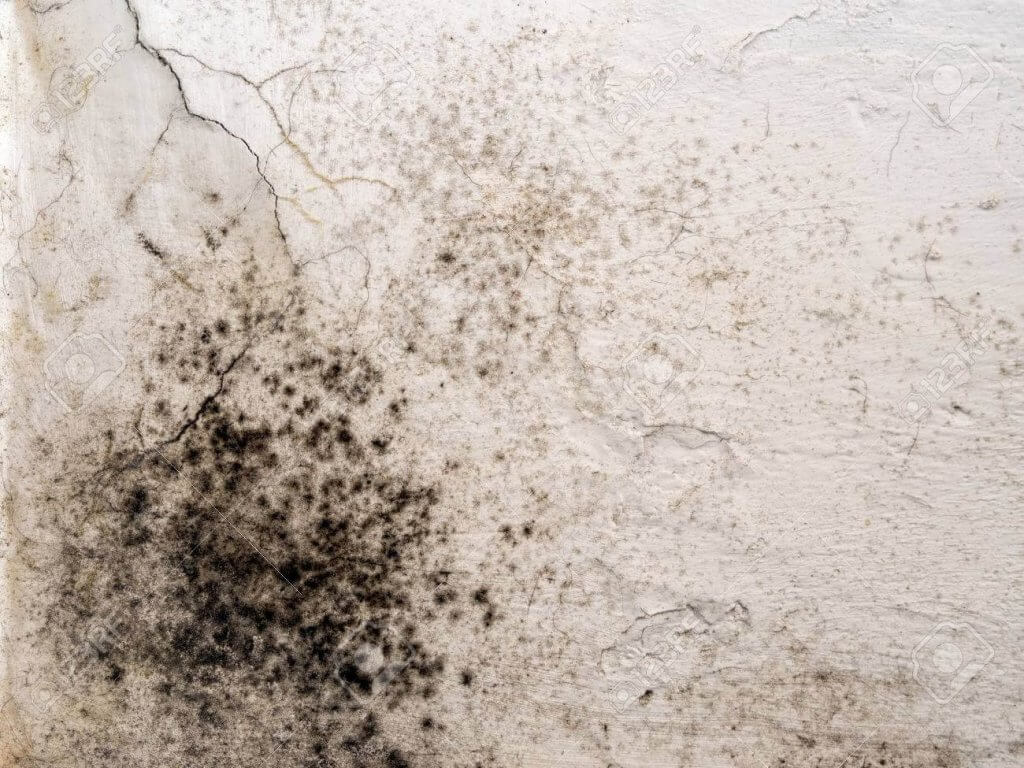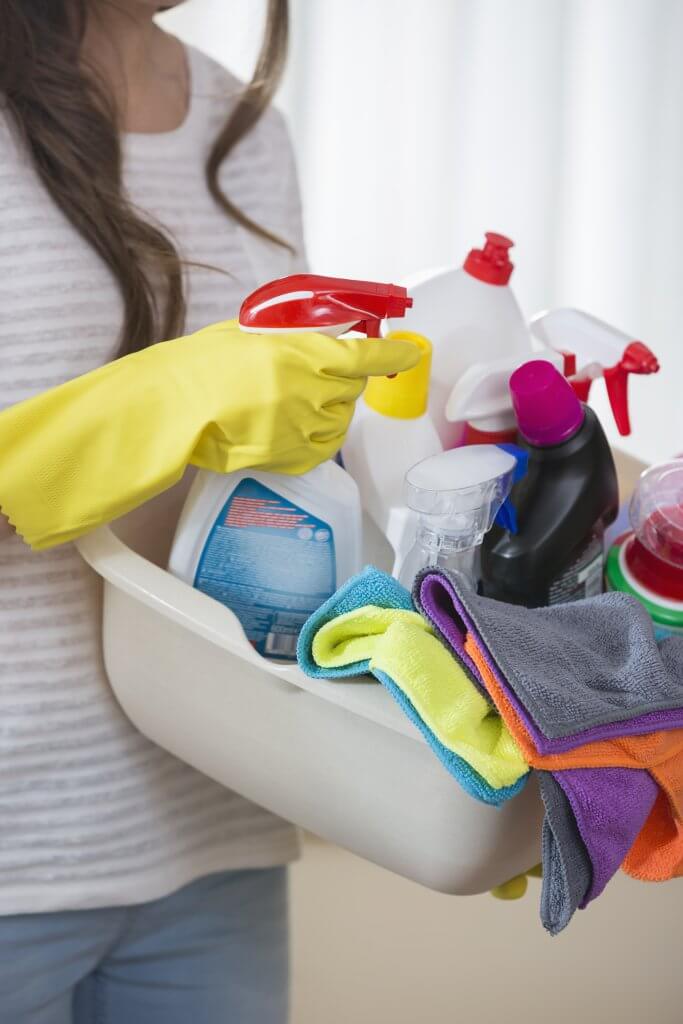Mould Cleaning - Our Cleaning Process
Got in to your shower and noticed a black spot on the celling? Don’t ignore it! It’s may be a life threating mould!
What exactly is a Mould?
According to NSW Government website a it’s a type of fungi that can grow both indoors and outdoors. It may grow indoors in wet or moist areas lacking a proper ventilation. For example, it can grow on walls, wallpaper, bathroom tiles, celling, wood and more. Moreover, there are many different types of it, which can cause to some serious health problems. Such as: running or blocked nose, irritation of the eyes and skin and sometimes wheezing. Occasionally, people may have more severe reactions. Very rarely, people may develop a mould infection, usually in the lungs. For people with asthma, inhaling mould spores may cause an asthma attack.

How to identify a mould?
In most cases, you’d be able to see a blackish discoloration on your celling or wall. It can appear as a damp and slimy texture or, fuzzy black spots. Furthermore, Different types of mould can show different colors. Such as, white, brown, green and orange.
In addition, you can detect it by its scent. Usually, if the room has mould in it, its odor will smell musty and it will stink.
The Cleaning Process
Before staring the cleaning, you have to make sure you’re taking all the necessary measures in assuring your safety. We put together a small list of our safety recommendations for this cleaning.
*Important Notice!! If you suffer from any respiratory problem, severe allergies, or a weak immune system, you should not attempt removing the mould, or be in the surrounding area while the cleaning takes place.
- Wear old clothes that have long sleeves and pants for this cleaning. That way you’ll minimalizing the exposer to your body.
- Through the whole process, make sure you’re wearing gloves, a dust mask and protective eyewear to avoid mould spores and cleaning sprays from skin/eye contact.
- Open all the windows and doors Also, if possible, use an exhaust fan. You want to make as much ventilation as possible
- Once you started the cleaning, try to avoid touching clean areas or objects with the gloves you used. By doing so, you’ll prevent spreading the mould spores around the house. When you’ll finish cleaning wash the gloves in the most thorough way possible. Also, make sure to use a disinfectant product.
- Wash your clothes separately in hot water using a trusted anti-bacterial laundry detergent. Also, you may consider tossing them if possible.

Removing Mould from a drywall – step by step:
Usually drywalls tend to have a porous surface which give it a much easier place to grow in. However, by following this guide, you can assure yourself a clean and mould free wall.
Step 1:
To properly clean the mould, start by vacuuming all areas of it. You need to remove all spores of the mould, even if not visible at first. Make sure you reach all of the surrounding areas of the mould in addition to the mould itself.
Step 2:
For this step you can choose whether to use a suitable mould killing cleaning product or a plain cleaning products. If you’re facing a severe case, your choice should be using the suitable cleaning product. Take the product and apply it to a soft, handheld scrub brush and start cleaning the wall by brushing it. Make sure to rinse the brush before re-using it to assure you won’t spread the mould and keep the wall as much sterilized as possible.
Step 3:
Once you see the wall is clean, use paper towels to absorb all moisture from it. Than, take a sanitary wipe and wipe over the clean wall to make sure that any option for leftovers spores is been removed. Finally, take some more dry paper tower and dry the wall for the last time. You should also open all windows and use any pedestal fan to help speed up the process.
Please remember that Empire Maid Cleaning service can help with any Mould cleaning situation you have at the best prices!
Click here to get a quote or the book our service!